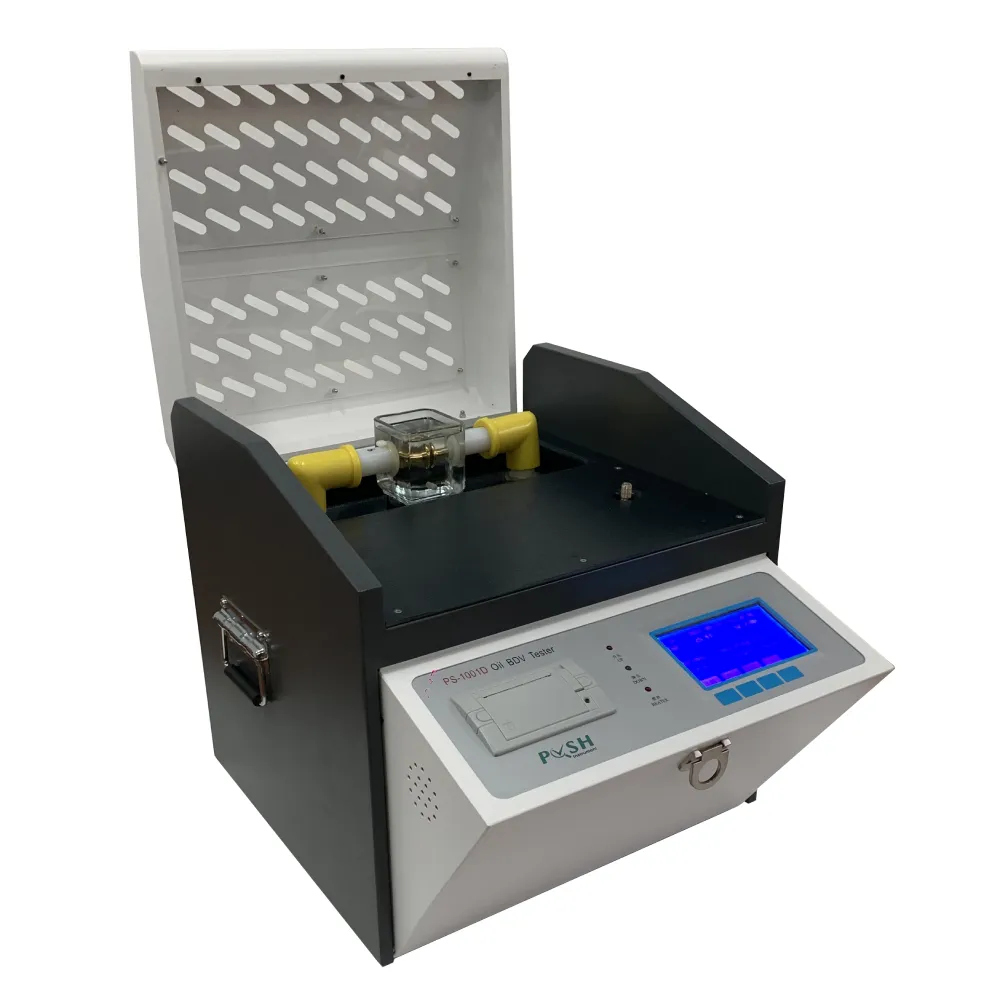 English
English



-
 Afrikaans
Afrikaans -
 Albanian
Albanian -
 Amharic
Amharic -
 Arabic
Arabic -
 Armenian
Armenian -
 Azerbaijani
Azerbaijani -
 Basque
Basque -
 Belarusian
Belarusian -
 Bengali
Bengali -
 Bosnian
Bosnian -
 Bulgarian
Bulgarian -
 Catalan
Catalan -
 Cebuano
Cebuano -
 China
China -
 China (Taiwan)
China (Taiwan) -
 Corsican
Corsican -
 Croatian
Croatian -
 Czech
Czech -
 Danish
Danish -
 Dutch
Dutch -
 English
English -
 Esperanto
Esperanto -
 Estonian
Estonian -
 Finnish
Finnish -
 French
French -
 Frisian
Frisian -
 Galician
Galician -
 Georgian
Georgian -
 German
German -
 Greek
Greek -
 Gujarati
Gujarati -
 Haitian Creole
Haitian Creole -
 hausa
hausa -
 hawaiian
hawaiian -
 Hebrew
Hebrew -
 Hindi
Hindi -
 Miao
Miao -
 Hungarian
Hungarian -
 Icelandic
Icelandic -
 igbo
igbo -
 Indonesian
Indonesian -
 irish
irish -
 Italian
Italian -
 Japanese
Japanese -
 Javanese
Javanese -
 Kannada
Kannada -
 kazakh
kazakh -
 Khmer
Khmer -
 Rwandese
Rwandese -
 Korean
Korean -
 Kurdish
Kurdish -
 Kyrgyz
Kyrgyz -
 Lao
Lao -
 Latin
Latin -
 Latvian
Latvian -
 Lithuanian
Lithuanian -
 Luxembourgish
Luxembourgish -
 Macedonian
Macedonian -
 Malgashi
Malgashi -
 Malay
Malay -
 Malayalam
Malayalam -
 Maltese
Maltese -
 Maori
Maori -
 Marathi
Marathi -
 Mongolian
Mongolian -
 Myanmar
Myanmar -
 Nepali
Nepali -
 Norwegian
Norwegian -
 Norwegian
Norwegian -
 Occitan
Occitan -
 Pashto
Pashto -
 Persian
Persian -
 Polish
Polish -
 Portuguese
Portuguese -
 Punjabi
Punjabi -
 Romanian
Romanian -
 Russian
Russian -
 Samoan
Samoan -
 Scottish Gaelic
Scottish Gaelic -
 Serbian
Serbian -
 Sesotho
Sesotho -
 Shona
Shona -
 Sindhi
Sindhi -
 Sinhala
Sinhala -
 Slovak
Slovak -
 Slovenian
Slovenian -
 Somali
Somali -
 Spanish
Spanish -
 Sundanese
Sundanese -
 Swahili
Swahili -
 Swedish
Swedish -
 Tagalog
Tagalog -
 Tajik
Tajik -
 Tamil
Tamil -
 Tatar
Tatar -
 Telugu
Telugu -
 Thai
Thai -
 Turkish
Turkish -
 Turkmen
Turkmen -
 Ukrainian
Ukrainian -
 Urdu
Urdu -
 Uighur
Uighur -
 Uzbek
Uzbek -
 Vietnamese
Vietnamese -
 Welsh
Welsh -
 Bantu
Bantu -
 Yiddish
Yiddish -
 Yoruba
Yoruba -
 Zulu
Zulu
Evaluation of Electrical Insulation Quality Using the Tan Delta Method
Understanding the C Tan Delta Test Significance and Applications
The C tan delta test is a critical evaluation method used widely in various industries, particularly in the fields of material science and engineering. This test measures the dielectric properties of materials, specifically focusing on two key parameters capacitance (C) and the loss angle delta (tan δ). Understanding these parameters is essential for determining the suitability and performance of materials in specific applications.
What is the C Tan Delta Test?
At its core, the C tan delta test aims to assess how materials respond to electrical fields. The test is performed by subjecting a sample to alternating current (AC) at a specific frequency. The material's ability to store electrical energy (capacitance) alongside its ability to dissipate energy as heat (loss factor) are analyzed. The loss angle delta is calculated as the ratio of the resistive (loss) current to the capacitive (storage) current, leading to the expression tan δ. This value indicates the energy lost in the cycle of charging and discharging.
The significance of the test is manifold. A low tan δ value is generally indicative of a good insulating material, as it signifies minimal energy loss. In contrast, a high tan δ suggests poor insulation and significant energy loss, which can lead to overheating and potential failure in electrical applications.
Applications of the C Tan Delta Test
The C tan delta test finds applications across numerous fields
c tan delta test

1. Electrical Insulation Assessment One of the primary applications of this test is in evaluating insulation materials used in power cables, transformers, and switchgear. It helps determine if the insulation is still effective or if it has degraded over time, thus enabling predictive maintenance and reducing the risk of failures in high voltage equipment.
2. Polymer and Composite Materials Testing The test is also vital in the development and quality control of polymers and composite materials. It helps manufacturers ensure that the materials can withstand electrical stresses while minimizing losses, which is particularly important in the automotive and aerospace industries.
3. Quality Control in Manufacturing Manufacturers often use the C tan delta test as part of their quality control processes. By regularly testing the dielectric properties of their products, they can ensure consistency and reliability, which is crucial for maintaining brand reputation and customer satisfaction.
4. Research and Development In research settings, the C tan delta test allows scientists and engineers to explore new materials and their applications. By understanding the dielectric properties of novel materials, researchers can innovate and create solutions that outperform traditional materials.
Conclusion
In summary, the C tan delta test is a crucial method for analyzing the electrical properties of materials, offering important insights into their performance in practical applications. Its ability to measure capacitance and energy loss makes it indispensable for industries relying on electrical insulation and material performance. As technology continues to evolve, the principles behind the C tan delta test will remain integral to material science and engineering, facilitating advancements that drive efficiency, safety, and sustainability in electrical systems.
By employing regular C tan delta testing, organizations can not only enhance product reliability but also extend the lifecycle of their materials, ultimately contributing to more sustainable practices. Therefore, the significance of this test cannot be understated, as it continues to play a pivotal role in technology and innovation across various sectors.
-
Testing Equipment Industry Sees Major Advancements in 2025: Smart & Precision Technologies Lead the WayNewsJun.06,2025
-
Applications of Direct Current Generators in Renewable Energy SystemsNewsJun.05,2025
-
Hipot Tester Calibration and Accuracy GuidelinesNewsJun.05,2025
-
Digital Circuit Breaker Analyzer Features and BenefitsNewsJun.05,2025
-
Benefits of Real-Time Power Quality Monitoring Devices for Industrial EfficiencyNewsJun.05,2025
-
Earth Fault Loop Testing in High-Rise Building Electrical SystemsNewsJun.05,2025



